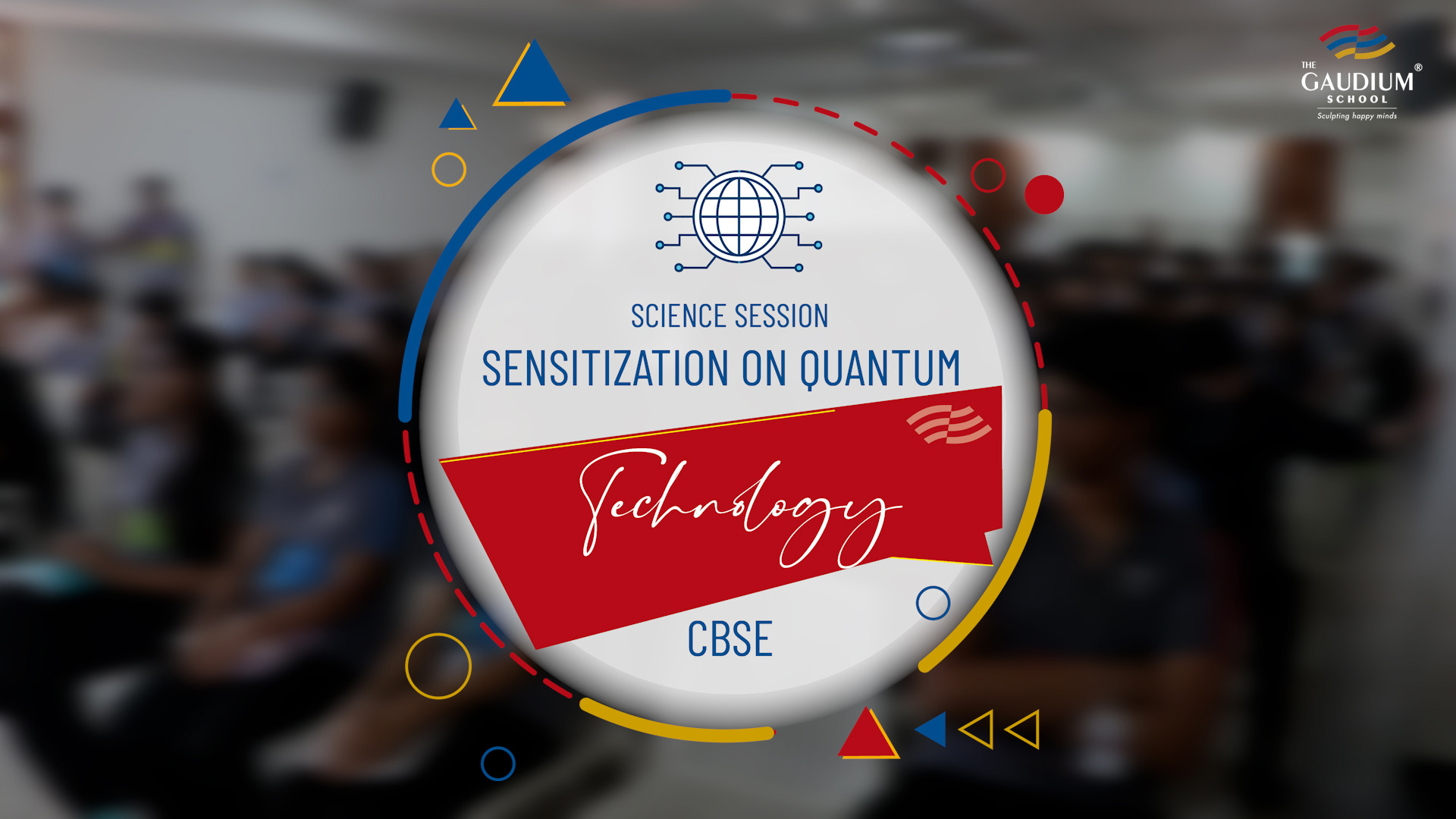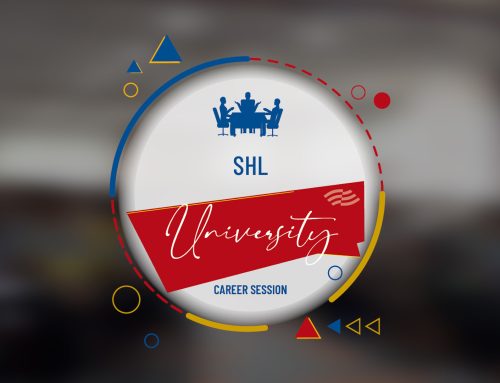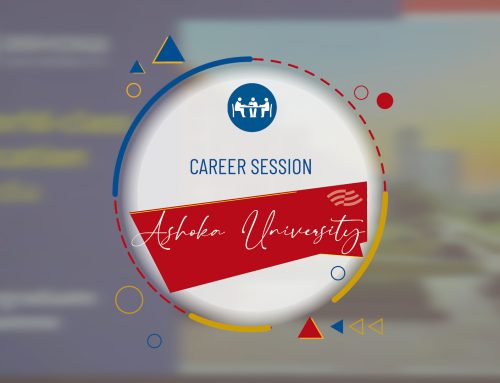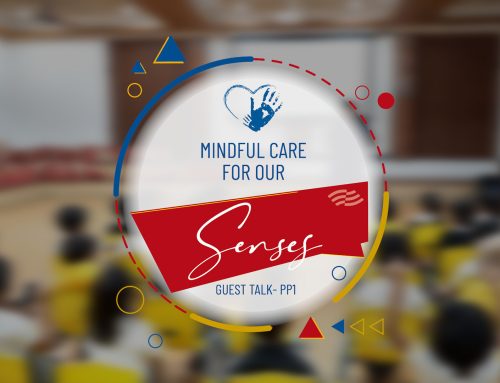In an era where technological advancement is accelerating at an unprecedented pace, introducing children to emerging fields like quantum technology has become not just beneficial, but essential. The sensitisation session conducted for students from Grades IX to XII represents a landmark moment in science education, offering young learners an eye-opening journey into the fascinating world where science meets the future. Early exposure to quantum technology equips students with the conceptual framework and analytical thinking required to thrive in tomorrow’s tech-driven landscape. By engaging with these complex concepts during their formative years, students develop critical problem-solving skills, computational thinking, and the ability to approach challenges from multiple perspectives—competencies that will prove invaluable regardless of their eventual career paths. Moreover, early introduction to quantum concepts demystifies what might otherwise seem like an intimidating field, making it accessible and exciting rather than overwhelming.
Quantum technology represents a revolutionary paradigm shift in how we process, transmit, and secure information, fundamentally different from the classical physics that governs our everyday experiences. At its core, quantum technology harnesses the peculiar properties of quantum mechanics—such as superposition, where particles can exist in multiple states simultaneously, and entanglement, where particles remain mysteriously connected across vast distances. Recent years have witnessed an explosive rise in the popularity and practical development of quantum technology, driven by breakthrough achievements in quantum computing, quantum communication networks, and quantum sensing capabilities. Major technology companies and governments worldwide are investing billions of dollars into quantum research, recognizing it as the next frontier of computational power. From Google’s quantum supremacy demonstration to China’s quantum satellite communications and IBM’s accessible quantum computing platforms, quantum technology has transitioned from theoretical physics laboratories to tangible applications that promise to revolutionize industries across the board.
The benefits of children engaging with quantum technology early extend far beyond mere technical knowledge acquisition. This exposure cultivates a mindset of innovation and possibility, teaching students that the boundaries of what seems impossible today may be the achievements of tomorrow. Through understanding quantum mechanics’ counterintuitive principles, young learners develop intellectual flexibility and comfort with ambiguity—traits that are increasingly valuable in our rapidly changing world. The interdisciplinary nature of quantum technology also encourages students to see connections between physics, mathematics, computer science, and engineering, fostering a holistic approach to learning. Furthermore, early familiarity with quantum concepts positions students advantageously for emerging career opportunities in quantum computing, quantum cryptography, quantum sensing, and related fields that will dominate the job market in the coming decades. By planting these seeds of knowledge now, we’re preparing young minds not just to adapt to the future, but to actively shape it.
During the sensitisation session, students gained comprehensive insights into how quantum technology is reshaping the modern world across multiple domains. From understanding the basics of quantum mechanics to exploring its real-world applications in computing, communication, cryptography, healthcare, and beyond, the young learners discovered the transformative potential of this revolutionary field. They learned how quantum computers could solve complex problems in minutes that would take classical computers millennia, how quantum cryptography promises virtually unbreakable security for sensitive communications, and how quantum sensors might detect diseases at unprecedented early stages. The session illuminated practical applications that seem straight out of science fiction—from developing new materials and drugs through quantum simulations to creating ultra-precise navigation systems that don’t rely on GPS. This comprehensive exposure helped students appreciate that quantum technology isn’t merely theoretical speculation but an emerging reality with tangible impacts on fields ranging from artificial intelligence and financial modeling to climate science and personalized medicine.
The session aimed not just to inform, but to inspire the next generation of innovators, encouraging young minds to explore the possibilities that lie at the edge of classical science. By demystifying quantum concepts and presenting them as accessible challenges rather than insurmountable mysteries, the program sought to ignite a passion for scientific inquiry and technological innovation. Here’s to sparking curiosity and nurturing scientific temper in every learner! Such initiatives are crucial in building a future-ready generation that views quantum technology not with apprehension but with excitement and wonder. The knowledge and inspiration gained from this landmark moment in science education will undoubtedly ripple forward, potentially awakening the quantum pioneers, researchers, and engineers who will drive the next wave of technological revolution. By investing in quantum literacy today, we’re not just teaching students about an emerging field—we’re empowering them to become the architects of a quantum-enabled future.






Leave A Comment